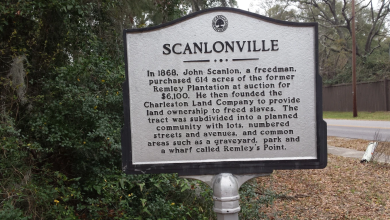James Island, South Carolina – The Lowcountry’s continued growth means more demand for water and that’s the main reason why the Charleston Water System plans to invest millions in upgrade and improvement of the water system in the upcoming years.
According to multiple reports, the Charleston Water System currently looks forward to make some upgrades to the Plum Island Wastewater Treatment Plant on James Island.
Mike Saia, the Charleston Water System spokesperson, said in a statement that Charleston Water System’s huge investments should double the amount of sewage the Plum Island Wastewater Treatment Plant can handle in the upcoming years.
“Currently, Plum Island sees about 25 million gallons of wastewater on average, and we are permitted to have 36 million gallons per day,” Saia said. “Eventually, in the future, this plant will be upgraded to handle 54 million gallons a day.”
The investment should not only cover the current demand and the expected demand in the next few years, but also to be able to handle the rapid growth in the area for a longer period of time. That said, Charleston Water System plans to spend between $75 million and $100 million.
“Construction is constant here,” Saia said. “That’s related to two things: maintenance of the plant and the exponential growth that we’ve seen in Charleston in the past and we expect to see in the future.”
Charleston Waterkeeper Executive Director Andrew Wunderley said plants like Plum Island are vital to the community’s health in more ways than people may think.
“A regional wastewater system like that is the absolute best way to handle human sewage and treat it, so it doesn’t impact the water quality and doesn’t impact human health,” Wunderley said.
Wunderley says the project also takes into consideration redundancy and reliability efforts as part of the upgrades, so whenever a problem occurs in the future, they can act fast and fix the issue quickly.
“When redundancy kicks in, we can move in, fix the problem without having to stop the plant, without having to have sewer overflows or backups in the community and get things back to normal without anyone noticing or skipping a beat,” Saia said.
Wunderley said before the plant was built in the 1970s, all of the sewage from the Charleston area was dumped into the harbor without any treatment, polluting it with bacteria and human waste.
In the years since, the bacteria levels in the harbor have gone down significantly.





Leave a Reply
You must be logged in to post a comment.